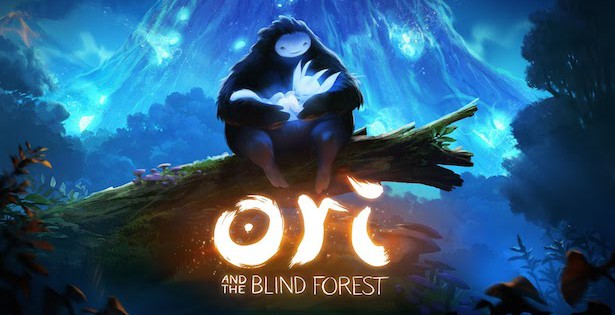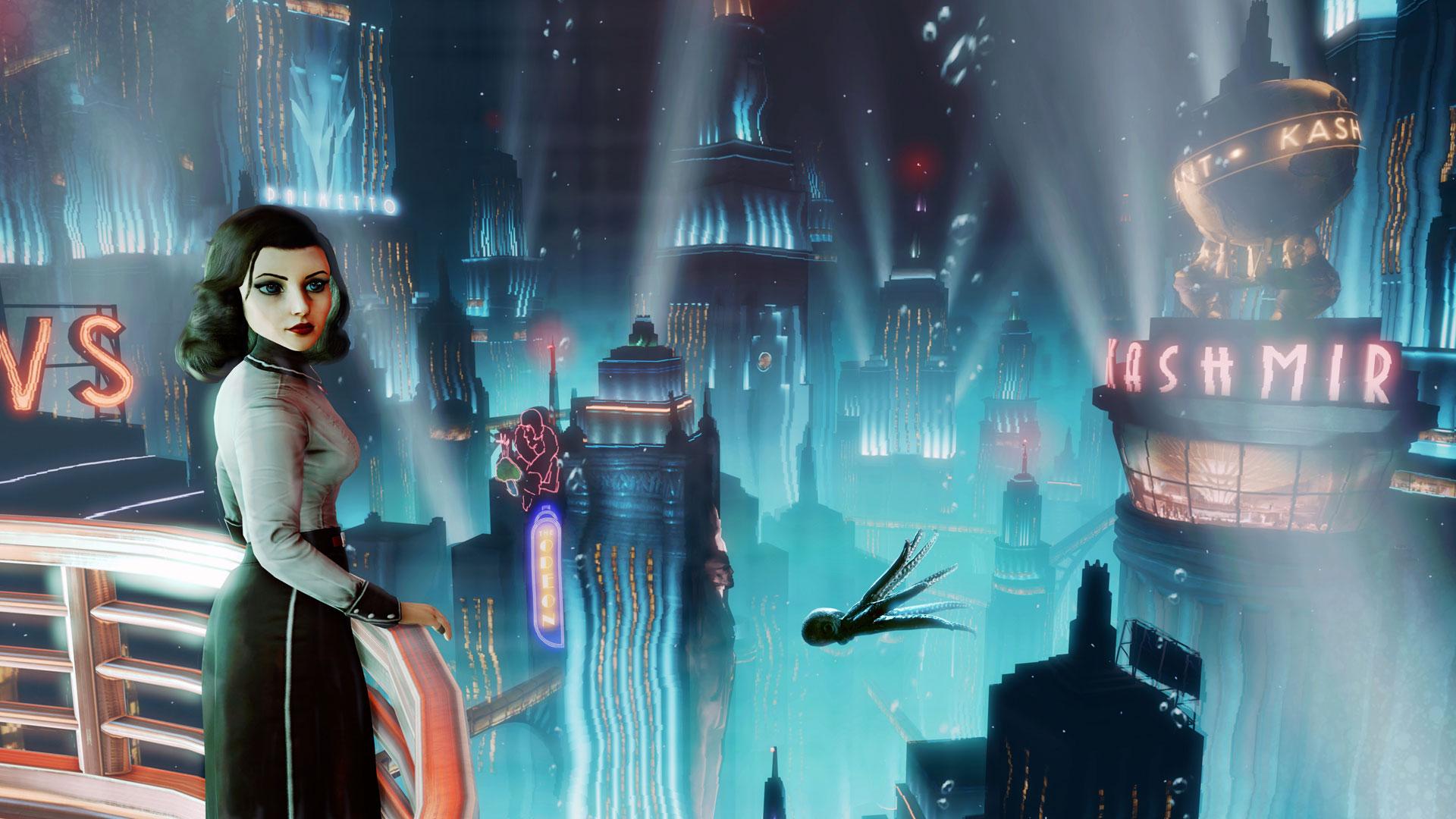I’ve been reading Patricia Melzer’s Alien Constructions: Science Fiction and Feminist Thought, and as a result I’ve been revisiting the ways feminist science fiction and video games converse and intersect. In the past, I’ve interrogated this conversation by specifically examining the different ways motherhood is represented in feminist science fiction and video games, but lately I’ve been thinking about how it is we study the two forms and if we might learn something from the points of convergence and divergence in the critical examinations of the two.
Alexis Lothian, in working to define and frame feminist science fiction, argues that it “proves to be a diverse and amorphous category in which real and imagined science and technology bleed into one another.” Indeed, the science and technology of feminist SF is both real and imagined because the genre “is a world of imagination, but it is also just around the corner, always and almost already here.” And this tension between nearness and distance, Lothian contends, allows us to ask,
“How do science fictions distort our perceptions of what is real and what is possible––and how should we mediate those distortions? Which should we critique and which should we embrace? If our times are science fictional, then the feminisms they demand must be technological and ripe for speculation.”
Joan Haran and Katie King believe that the feminisms that occur during our science fictional times—these science fiction feminisms—allow for collaborative, collective feminist projects that work toward interventions for the present in order to improve “the condition of our continuing”; that is, science fiction feminism is one that brings us together because “SF is multiply––and that is the point––science fiction, scientifiction, science communication and fabulation, speculative fictions, speculative feminisms. SF is also texts, contexts, histories and communities—variously contested and in coalition.” And as Haran and King contend, the multiplicity of SF is especially important because “SF world-making reference points matter,” and this world-making is what allows us “to consider lively materialisms that matter now.”
In fact, Haran and King believe that feminist science fiction allows us to consider such things in more productive ways than feminist theory alone can because, they argue, “SF allows for thinking and feeling into and through questions of what might be desirable feminist transformations better than theory, or perhaps better than theory alone.” And this is because of the many ways SF asks us to confront ourselves:
SF names books and “texts,” reading protocols and commercial market niches, intra-psychic survivals and abilities to suspend or inhabit all at once multiple worlds. It can generate simultaneous selves, rework processes for play and for practicing hope, and arouse and resituate what counts as “us” and “them.” And SF across its referents unveils infrastructure upon infrastructure, from commercial story production to non-academic inspirations for and with feminist theory, to materialisms of story kinds, across platforms, gadgets, games, nets and webs, and funding. Transmedia storytelling hunts and gathers resources: all possible autonomies, but also all possible intra-actions, using every bit of “screen” to confront us with ourselves.
This idea of the screen as the space of confrontation in transmedia storytelling is where Haran and King’s discussion of feminist science fiction and science fiction feminisms intersects with the world of video games, for they explain that gaming “has become an icon, as well as a material practice and apparatus of learning and of risky uncertainties, with economic, technological, and metric significance for seeking sustainabilities of many sorts today, and at alternate grains of detail.” As such, games—as material practices, as apparatuses of risk, as metrics for sustainabilities—converse with science fiction because “[g]ames and media play upon our neurological and cognitive ‘screens’ with commercial and hobby practices that SF cares about and with.” These cognitive screens, these practices that occur within both games and SF, are perhaps the point of linkage at which the two intersect, for these screens are the location through which we engage with video games and science fiction and the screens at which we must orient our feminist practices in order to interrogate and confront the worlds that these screens convey.
Such transmedial world-making is something that informs Donna Haraway’s scholarly practices, for it mirrors the ways she thinks of her own scholarship:
I think of my craft as multispecies story telling in the feminist mode. Equipped with a PhD in molecular, developmental, and evolutionary biology, I have earned a living as a humanities scholar in science studies and feminist studies, with a kind of green card to reside under strict surveillance in biological and cultural anthropology. Art in the biological, ecological, and cyborg modes has only added to the SF mêlée that I call worlding. These knowledge-making and world-making fields inform a craft that for me is relentlessly replete with organic and inorganic critters and stories, in their thick material and narrative tissues. The tight coupling of writing and research—where both terms require the factual, fictional, and fabulated; where both terms are materialized in fiction and scholarship—seems to me to be built into SF’s techno-organic, polyglot, polymorphic wiring diagrams. My multispecies story telling is inflected through SF in all the fibers of the string figures that I try to pattern and to relay.
Thus, for Haraway, scholarship mirrors and is indebted to the structure and patterns—the fibers and string figures—of the forms we study. And for Haraway, since SF is a polyglot, polymorphic form, so too is her writing and research of it. Since SF is about worlding, about building worlds, so too is her feminist scholarship:
How to be response-able is the consequential question in SF worlding. String figure games are practices of scholarship, relaying, thinking with, becoming with in material-semiotic makings. Like SF, cat’s cradle is a game of relaying patterns, of one hand, or pair of hands, or mouths and feet, or other sorts of tentacular things, holding still to receive something from another, and then relaying by adding something new, by proposing another knot, another web. Or better, it is not the hands that give and receive exactly, but the patterns, the patterning. Cat’s cradle…can be played by many, on all sorts of limbs, as long as the rhythm of accepting and giving is sustained. Scholarship is like that too; it is passing on in twists and skeins that require passion and action, holding still and moving, anchoring and launching.
Indeed, scholarship is like that—this cat’s cradle, this relaying of patterns, this adding of something new, this anchoring and launching. And while Haraway’s conception of such patternings in scholarship is influenced by her embeddedness and interest in (to return to and co-opt the title of Patricia Melzer’s book) science fiction and feminist thought, I think that game scholarship also (and perhaps especially) manifests such patternings, for games, too, make use of twists and skeins, knots and webs, worldling and transmediality, which requires a similarly patterned form of scholarship.
And feminist games studies, especially, might look to the scholarship that has occurred within feminist science fiction as a means of considering effective frameworks for the feminist interrogation of games, for such frameworks (as Haran and King point out) require collaboration, collectivity, and coalition. They require the exploration of transmediality and the seeking out of sustainabilities within games studies. They require world-making and knowledge-making. They require the critique and mediation of what is real and what is possible in not just science fictional times but ludic ones. So, perhaps what we need in feminist games studies is a sort of feminist ludus—a form of feminist scholarship that allows the scholarship itself to be, to reiterate Haraway’s phrasing, “a game of relaying patterns,” a ludic patterning of critique, a form of play itself.




